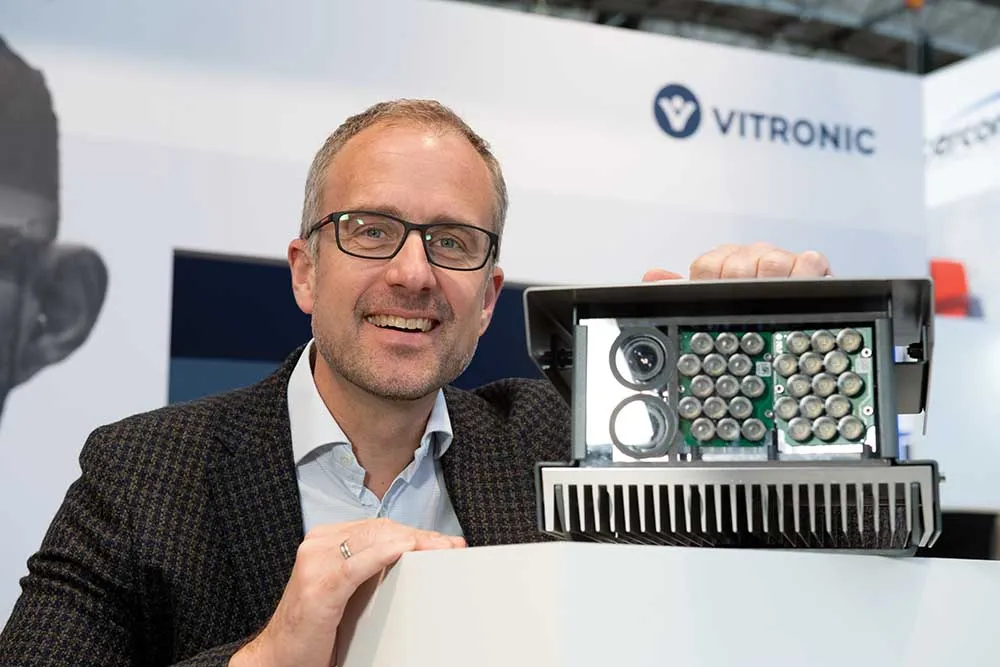A new system that combines laser-based remote sensing and automatic number plate recognition (ANPR) is being trialled in London and Birmingham in a bid to catch polluting cars.
Developed by Hager Environmental and Atmospheric Technologies (HEAT), the emissions detecting and reporting system (EDAR) remotely detects and measures infrared absorption of environmentally critical gases coming out of a moving vehicle.
The technology is combined with still/scene camera technology and an ANPR camera, which al
February 16, 2016
Read time: 2 mins
A new system that combines laser-based remote sensing and automatic number plate recognition (ANPR) is being trialled in London and Birmingham in a bid to catch polluting cars.
Developed by Hager Environmental and Atmospheric Technologies (HEAT), the emissions detecting and reporting system (EDAR) remotely detects and measures infrared absorption of environmentally critical gases coming out of a moving vehicle.
The technology is combined with still/scene camera technology and an ANPR camera, which allows for the capture of not only a 2D image of the vehicle for vehicle profiling as it passes below the EDAR unit, but also a 3D multi spectral image of the entire exhaust plume and the identification of the subject vehicle.
The company claims that EDAR’s valid read accuracy rate on a multi-lane state highway during heavy rush hour traffic is over 86 per cent and increases to 95 per cent on single-lane highway applications. ‘Invalid reads’ are said to be typically due to situational exhaust plume interference or inadequate vehicle specific power.
Developed by Hager Environmental and Atmospheric Technologies (HEAT), the emissions detecting and reporting system (EDAR) remotely detects and measures infrared absorption of environmentally critical gases coming out of a moving vehicle.
The technology is combined with still/scene camera technology and an ANPR camera, which allows for the capture of not only a 2D image of the vehicle for vehicle profiling as it passes below the EDAR unit, but also a 3D multi spectral image of the entire exhaust plume and the identification of the subject vehicle.
The company claims that EDAR’s valid read accuracy rate on a multi-lane state highway during heavy rush hour traffic is over 86 per cent and increases to 95 per cent on single-lane highway applications. ‘Invalid reads’ are said to be typically due to situational exhaust plume interference or inadequate vehicle specific power.










